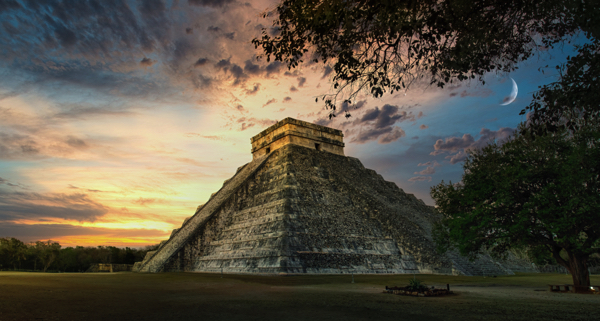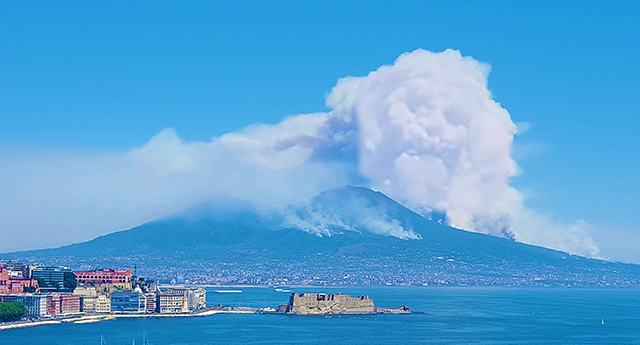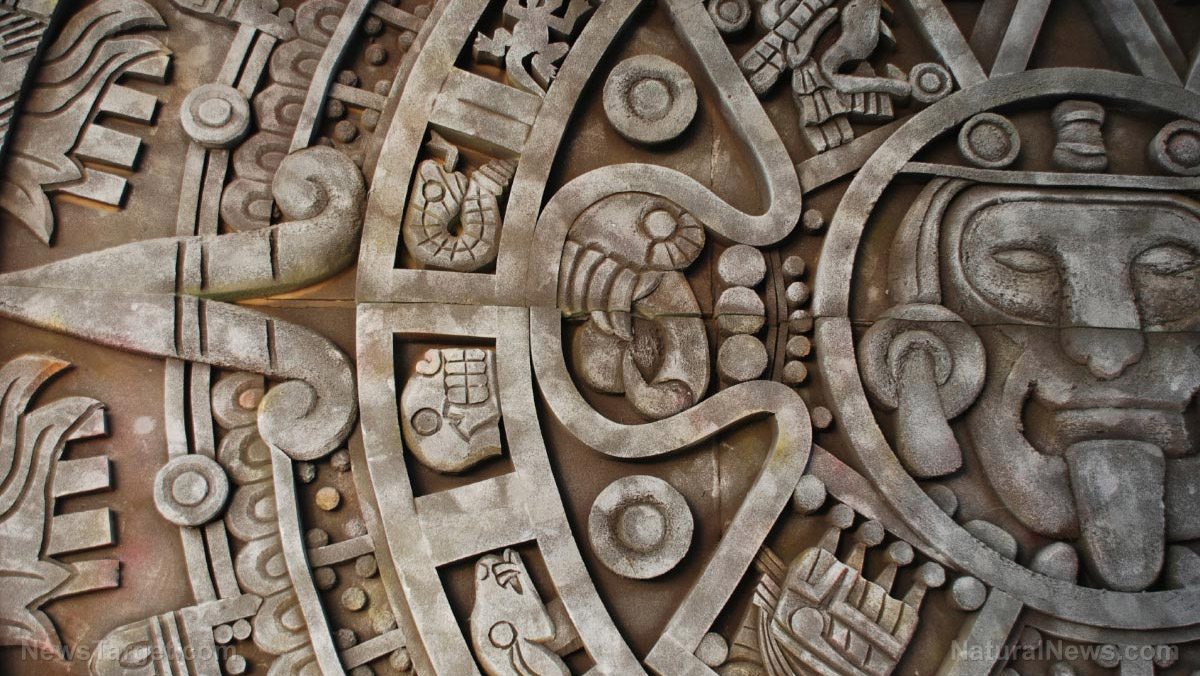Mystery surrounding “alien mummies” in Peru continues to grow with more specimens being discovered
08/26/2024 / By Olivia Cook

The mystery surrounding Peru’s so-called “alien mummies” continues to grow with new footage revealing three additional figures, including a severed “alien skull,” reportedly discovered by Peruvian tomb raiders. These tomb raiders are believed to have uncovered most of the dozen or so strange specimens now causing a stir.
The video shows two bodies, each about five feet tall and with features that are not human, including what appears to be a large, elongated skull. Both mummies are covered in a white substance, identified as fossilized algae, which is consistent with previously discovered specimens over the past year. These new finds are adding to the growing collection of unusual artifacts.
The unsteady footage apparently shot with a handheld phone, comes as lawmakers in the United States have finally committed to investigating these Peruvian oddities to uncover their origins. Forensic experts from the U.S., who examined a collection of these “alien mummies” back in April, are now urging the Peruvian government to allow the bodies to be transported to America for further study in U.S. laboratories.
Joshua McDowell, a criminal defense lawyer and former prosecutor who obtained the new video, has helped assemble a team of senior forensic specialists to uncover the truth behind what has become known as Peru’s “Nazca tridactyl mummies.”
One of the team members, Joshua’s father, Dr. John McDowell, discussed the numerous diplomatic, legal and scientific challenges that need to be addressed to properly analyze these mummies in the United States.
In an exclusive interview, Dr. McDowell outlined the key procedures that could ultimately determine whether these bodies are part of a sophisticated hoax. He also expressed amazement at the sheer number of these Nazca tridactyl specimens – named for their three-toed feet and three-fingered hands – seen in the new video. (Related: “Mermaid” mummy in Japan could be a terrifying monkey-fish hoax, researchers say.)
Referring to six of the 10 mummies he examined during his April visit to Peru, Dr. McDowell noted that he had seen bodies with extra fingers or toes, or missing digits due to genetic factors, but never a large group like this – all tridactyl organisms.
Dr. McDowell, a forensic odontologist who previously assisted law enforcement with dental identifications, said he had never encountered anything like the Nazca mummies. The group he saw in April number between six and 10 and the recent video shows two more beings with long, slender, claw-like toes.
Critics remain skeptical of mummies’ alleged extraterrestrial origins
Latin American historian at Penn State Christopher Heaney remains unconvinced that the remains are anything other than human. He cited two key historical factors that support his doubts about the so-called “alien” bodies.
First, Heaney pointed to the ancient Andean practice of “head binding,” which has been well documented by both Spanish colonists and local communities in Peru. This practice involved reshaping the skulls to create elongated heads, similar to the ones seen in the purported “alien” mummies. However, there is no evidence linking this custom to indigenous legends or myths about beings from the sky or stars.
Heaney believes there’s no “mystery” if one considers the accounts from 16th-century Spaniards and Andean people, who documented that head binding was common practice. Heaney explained that various groups in the Andes had engaged in this practice for over two millennia – binding children’s skulls with bandages or other materials to achieve a shape that was culturally valued.
According to Heaney, it is highly unlikely that the locals adopted this practice due to contact with extraterrestrial beings, as no such stories exist in the region’s folklore. One of the most comprehensive studies of this practice was conducted by Cornell University anthropologist Matthew Velasco and was published in 2018.
Second, Heaney highlighted the long history of black market trafficking, careless reburial of both real and fake Peruvian antiquities and tomb raiding. This chaotic history has created significant confusion around the authenticity of many historical artifacts in the region.
Heaney noted that this situation is part of a broader issue – emphasizing the need to investigate and understand the past more thoroughly.
The extensive history of tomb raiding in the region further amplifies Heaney’s doubts about the authenticity of the “alien mummies.” Heaney, who authored “Empires of the Dead,” a book on Peru’s Inca mummies, explained in a recent interview that tomb raiding and looting have been prevalent since the Spanish invasion of Peru in 1532. The Spanish quickly learned that Andean lords and Inca royalty were buried with significant wealth. As long as looters reported their finds to the colonial authorities and shared a portion of the treasures, including gold and silver, such activities were considered “legal.”
This centuries-long exploitation of Peru’s archaeological sites has led to a confusing mix of genuine ancient artifacts and hastily made items intended to attract buyers in the antiquities market.
Watch this video about an alien mummy being found.
This video is from the Daily Videos channel on Brighteon.com.
More related stories:
Best archaeological discoveries of 2022.
Examination of Japanese mermaid mummy yields surprising results.
Why are so many extremely bizarre “mystery creatures” starting to appear all over the planet?
Sources include:
Community.UbiquityUniversity.org
Submit a correction >>
Tagged Under:
aliens, Archaeology, artifacts, bizarre, breakthrough, discoveries, extraterrestrial life, extraterrestrials, Inca, mummies, Mysteries, mystery, Nazca mummies, Peru, real investigations, research, tomb raiding, Unexplained, weird science
This article may contain statements that reflect the opinion of the author
RECENT NEWS & ARTICLES
COPYRIGHT © 2017 ARTIFACTS NEWS



















